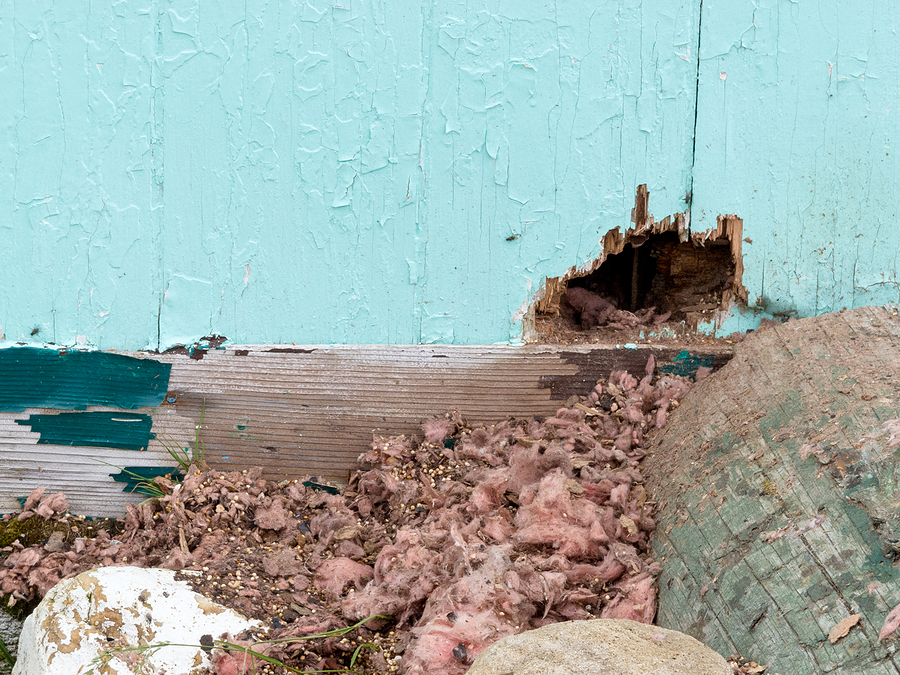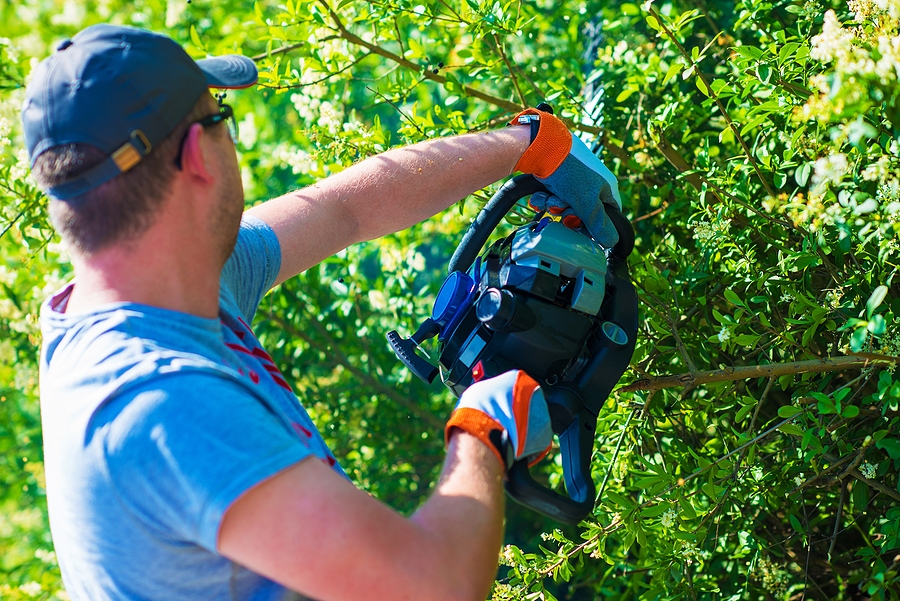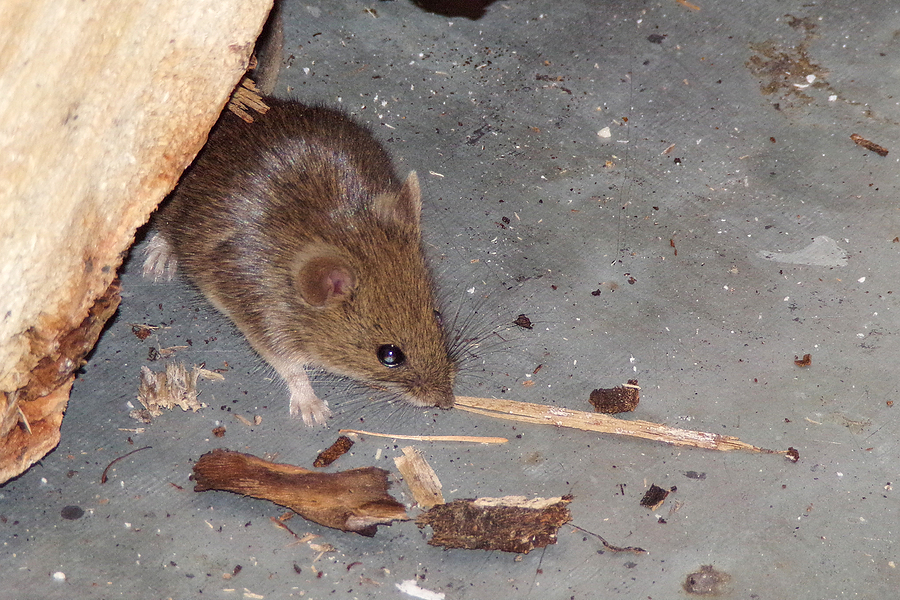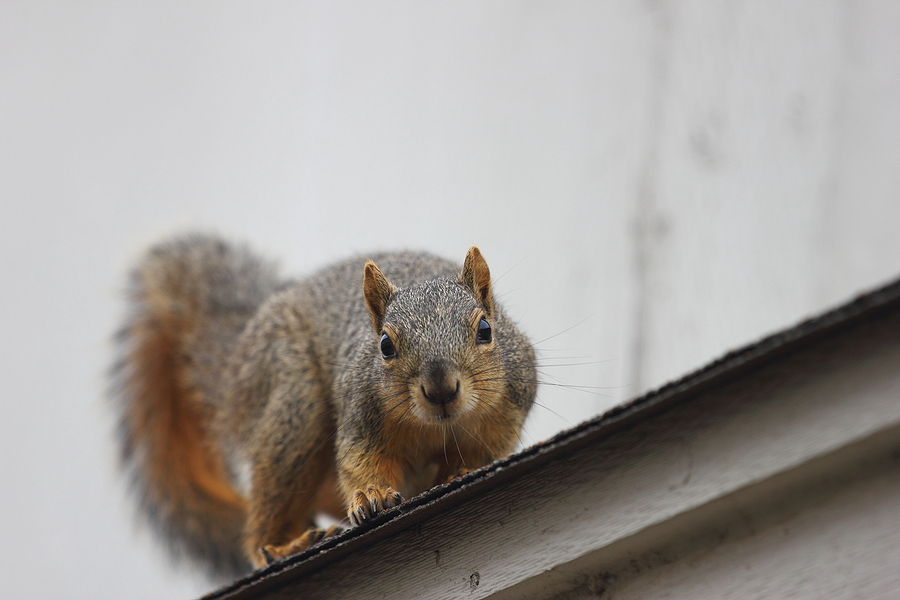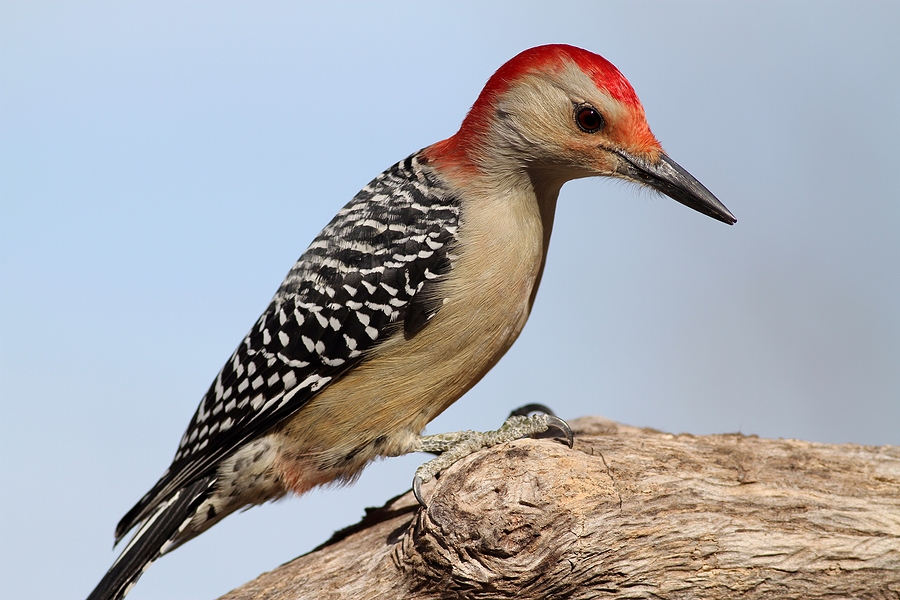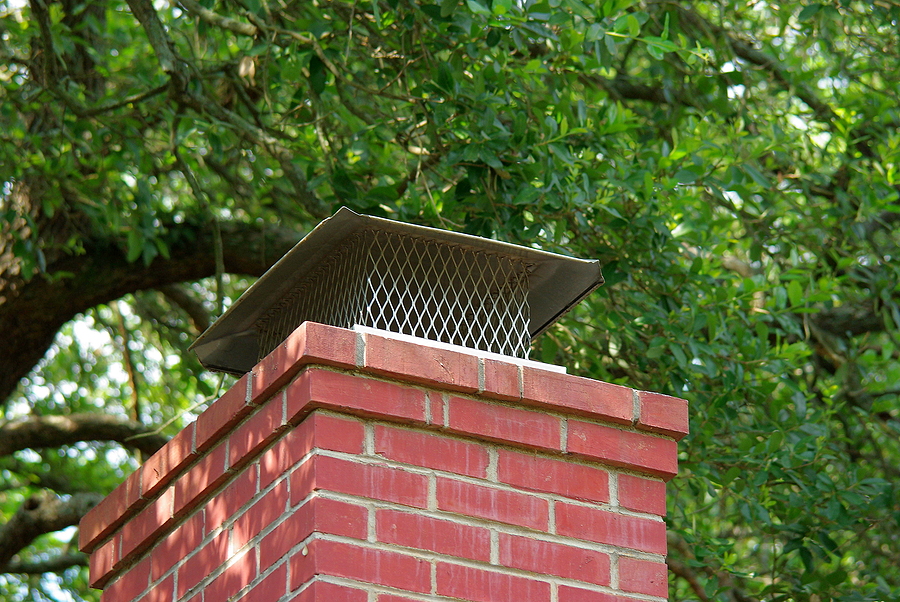Picture this—you wake up in the middle of the night to a faint scratching sound. You turn on the light and see a tiny shadow dart across the floor. Heart racing, you realize you might have a mouse infestation. Mice are not only a nuisance but also a health hazard.
For homeowners, health-conscious individuals, business owners, and anyone in search of pest control solutions, understanding how to get rid of mice effectively is crucial. This blog will guide you through the entire process, from identifying signs of an infestation to implementing successful prevention and removal strategies.

Understanding Mice Infestations
Characteristics of Common House Mice
House mice are small, measuring about 2.5 to 3.75 inches in length, with large ears and tiny eyes. They are usually light brown or gray in color. These nocturnal creatures are adept at climbing, jumping, and squeezing through openings as small as a dime. Knowing their physical characteristics can help you identify them quickly.
Signs of a Mouse Infestation
Spotting a mouse in your home or business is a clear sign of an infestation. Other indicators include droppings, gnaw marks, and shredded materials used to build nests. You might also notice a musky odor, especially in enclosed spaces like cupboards and attics. If you hear scratching noises at night, it’s another tell-tale sign that mice have taken up residence in your property.
Dangers of Having Mice in Your Home or Business
Mice can wreak havoc on both your health and property. They are known carriers of diseases such as Hantavirus and Salmonella, which can contaminate your food and living spaces. Additionally, mice can chew through wires, leading to potential fire hazards, and damage insulation and drywall. The longer you wait to address a mouse infestation, the greater the risk to your health and home.
Preventing Rodent Infestations
Key Strategies to Keep Mice Out
Preventing a mouse infestation starts with making your home or business less inviting to these pesky rodents. Proper food storage is essential—keep all food in sealed containers and clean up crumbs immediately. Seal any entry points, no matter how small. Inspect your property for cracks in the foundation, gaps under doors, and holes in walls. Regularly maintain cleanliness to remove potential nesting materials.
Eco-Friendly and Humane Methods
If you’re looking for Eco-friendly and humane methods to prevent mice, consider using natural repellents like peppermint oil or placing predator decoys around your property. Ultrasonic devices are another humane option; they emit a sound that is unpleasant to mice but inaudible to humans and pets. By implementing these strategies, you can keep mice at bay without harming them or the environment.
How to Get Rid of Mice
Common Rodent Removal Methods
When it comes to getting rid of mice, there are several methods to choose from. Traps, such as snap traps and live traps, are classic options. Baits, particularly those containing anticoagulants, are effective but must be used with caution. Repellents, including electronic devices and natural sprays, can also help drive mice away.
DIY vs. Professional Service
While DIY methods can be cost-effective, they often require time and effort, and may not always be successful. Professional removal services, on the other hand, offer expertise and efficiency. Pest control experts can identify entry points, use specialized equipment, and provide long-term solutions. Weighing the pros and cons of each approach will help you decide which route is best for your situation.
Safety Precautions for Mouse Removal
Safety should always be a priority when dealing with mice. If you’re using traps or baits, place them out of reach of children and pets. Always wear gloves when handling traps or cleaning up droppings to avoid direct contact with harmful bacteria. Follow all product instructions carefully to ensure safe and effective use.
Post-Infestation Measures
Steps to Take After Successfully Removing Mice
Once you’ve successfully removed the mice, take steps to prevent future infestations. Continue to seal entry points and maintain cleanliness. Store food properly and keep an eye out for any signs of new activity. Regular inspections can help you catch any potential issues early on.
How to Repair Any Damages Caused by Mice
Mice can leave behind a trail of damage. Repairing gnawed wires and patching holes in walls are immediate concerns. Insulation might need replacing if it’s been contaminated. Thoroughly clean and disinfect any areas where mice were active to remove lingering odors and bacteria.
Conclusion
In summary, dealing with a mouse infestation requires a multifaceted approach. From recognizing the signs of an infestation to implementing prevention and removal strategies, each step is crucial. Regular maintenance and vigilance are key to keeping your home or business mouse-free. If you’re feeling overwhelmed, don’t hesitate to seek professional rodent control services. Taking swift action will protect your health and property, ensuring a safe and comfortable environment for all.
Thinking about your next step? Say goodbye to mice and hello to peace of mind. Contact Virginia Wildlife Pros at 804-292-0156 for professional rodent removal and control in Richmond and surrounding towns. We serve residential and commercial customers with comprehensive mice and rat extermination at affordable prices. Request a free quote, today!
Related Posts:
Defending Your Domain: Top 5 Ways to Remove Rodents from Your Property
Common Signs of a Rat Infestation in Your House
How to Identify a Mouse Infestation in Your Home


